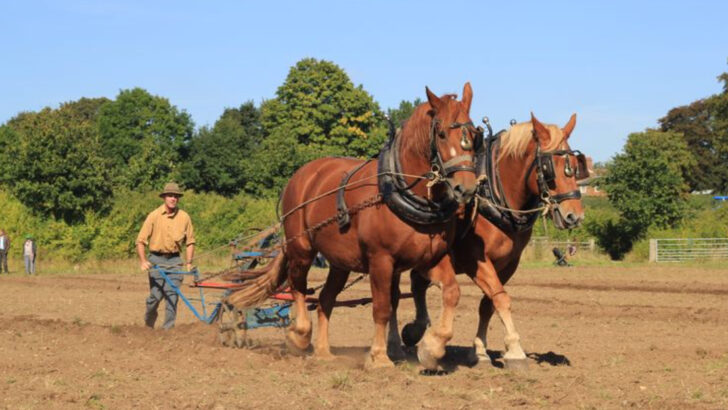America nearly lost some of its most legendary horses.
Gone. Forgotten. Buried beneath bulldozers, lost in wars, or abandoned by changing times.
But somehow—against the odds—they held on.
These weren’t just workhorses. They were cavalry chargers, prairie partners, farmhands, and freedom symbols. When machines took over and old ways faded, many of these breeds teetered on the edge of extinction.
For a while, it looked like we’d only see them in faded paintings or dusty museums.
But they came back.
Not with a gallop, but with grit.
Thanks to small-town breeders, passionate riders, and a little bit of luck, these horses are trotting back into the spotlight.
This isn’t just about hooves and history.
It’s about resilience, identity, and the quiet strength of creatures too proud to vanish.
Let’s meet the 14 horse breeds that nearly disappeared—and the incredible stories behind their return.
Saddle up. This is one wild comeback tale.
American Cream Draft
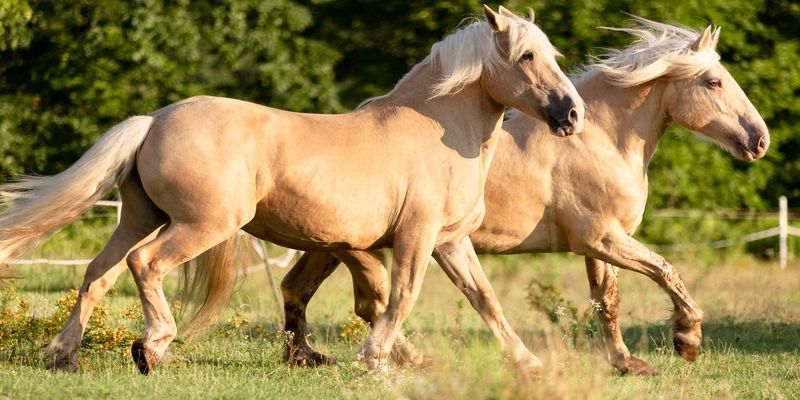
The American Cream Draft Horse, known for its creamy coat and striking pink skin, almost vanished in the mid-20th century.
Its beauty and strength once graced American farms, but industrialization led to dwindling numbers. Thanks to passionate breeders, this unique breed has seen a resurgence, enchanting new generations.
Did you know? The American Cream is the only draft breed developed in the U.S., making its survival a point of national pride.
Cleveland Bay
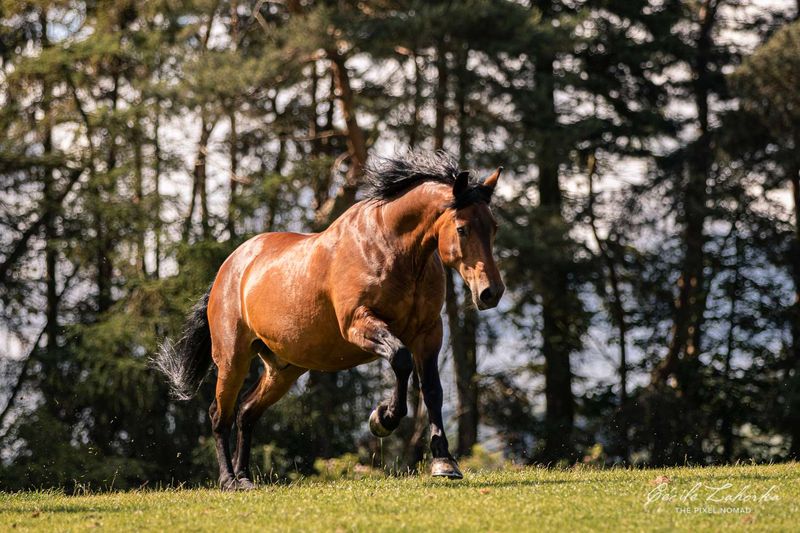
With origins tracing back to medieval England, the Cleveland Bay is England’s oldest established horse breed.
Its numbers dwindled in the 20th century due to mechanization and war, but a dedicated group of enthusiasts kept its legacy alive.
This versatile horse, known for its stamina and gentle demeanor, continues to thrive today, a testament to human dedication.
Suffolk Punch
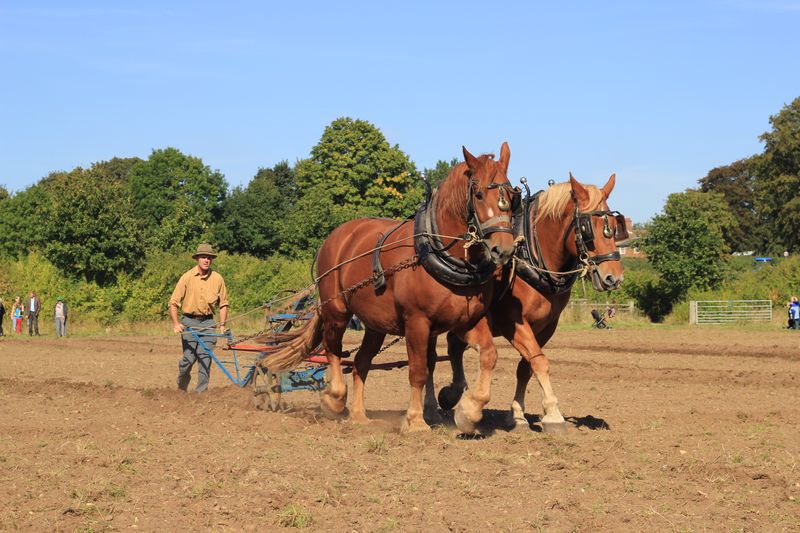
The Suffolk Punch, with its iconic chestnut coat, has been a reliable workhorse for centuries.
The breed nearly faced extinction due to changing agricultural practices, but conservation efforts have helped it recover.
This horse is more than just brawn; its hardy nature and willingness to work make it a beloved partner for farmers.
Hackney Horse
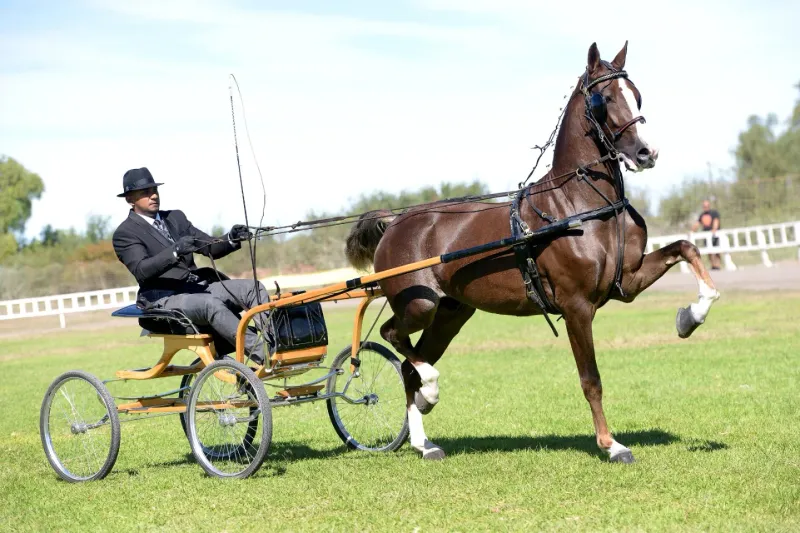
Renowned for its flamboyant trot, the Hackney horse was once a staple of carriage transport.
As automobiles took over, its numbers fell drastically. However, its elegance and spirit captured the hearts of enthusiasts, leading to a revival in show circuits.
Known for its showy personality, the Hackney remains a symbol of equine elegance.
American Saddlebred
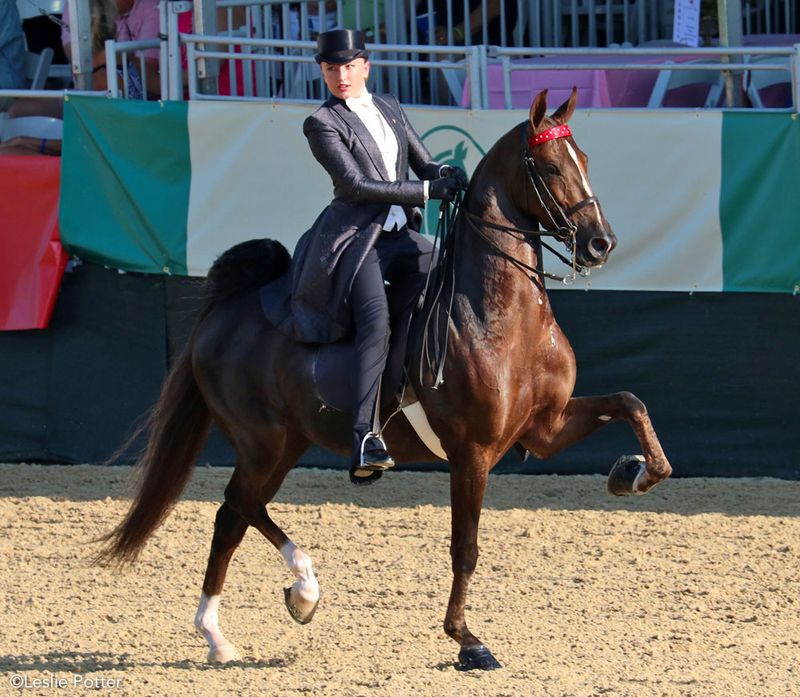
Known as the “Peacock of the Horse World,” the American Saddlebred dazzles with its high-stepping gait.
Once at risk due to urbanization, its captivating presence on show circuits helped ensure its survival.
This horse continues to impress, a living embodiment of grace and endurance.
Rocky Mountain Horse
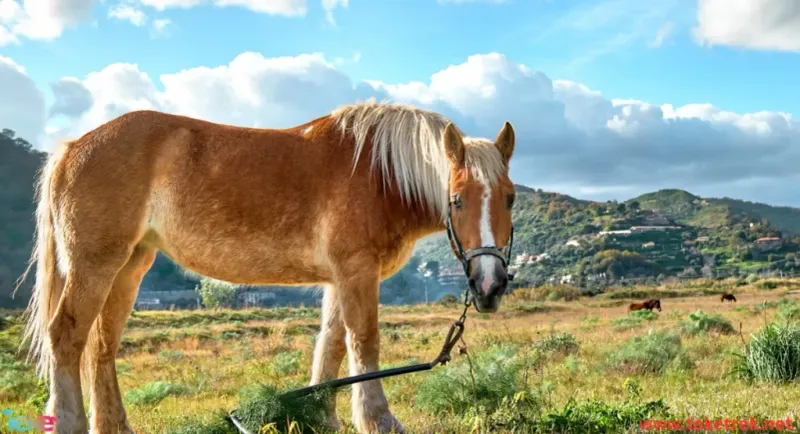
The Rocky Mountain Horse, with its stunning chocolate coat and flaxen mane, nearly disappeared due to limited breeding.
Its gentle nature and smooth gait endeared it to riders, sparking a comeback.
Today, it’s celebrated for its beauty and versatility, roaming trails with confidence.
Shire Horse
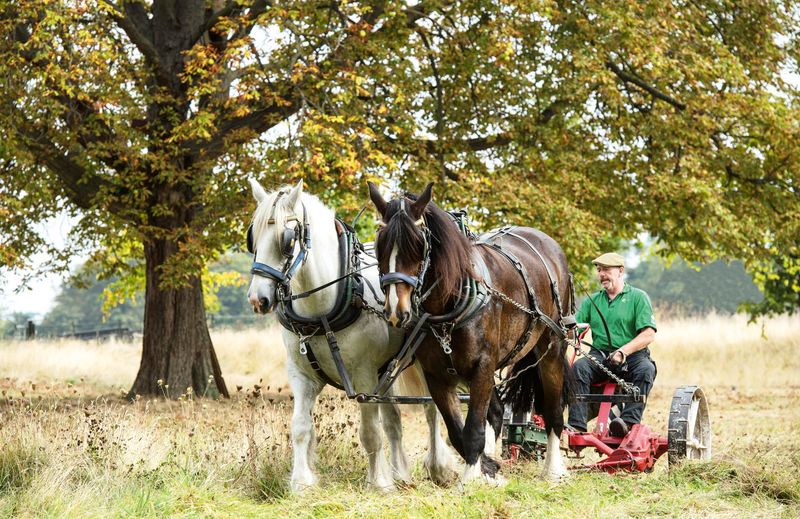
The Shire horse, once the backbone of England’s agriculture, faced a sharp decline with the advent of machinery.
Conservationists rallied to save this gentle giant, whose strength and calm disposition make it a favorite for draft work.
Today, Shires are cherished participants in parades and historical reenactments.
Morgan Horse
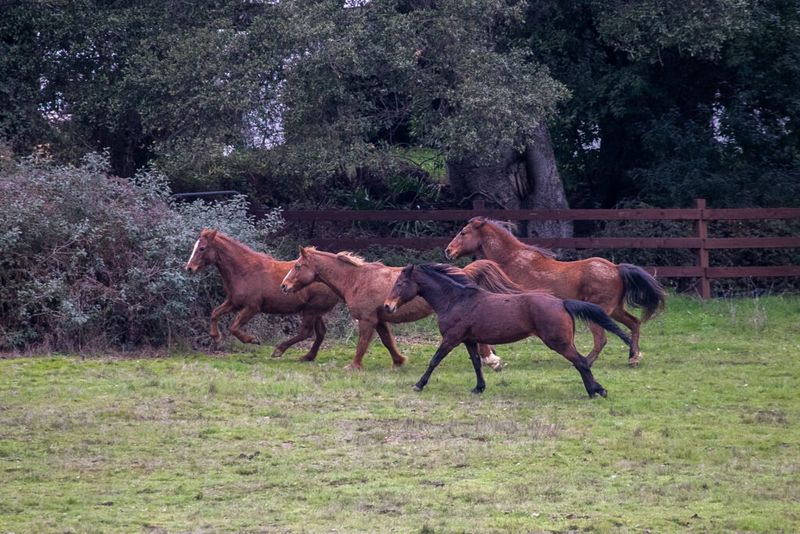
America’s first breed, the Morgan horse, is celebrated for its versatility and spirited nature.
Despite dwindling numbers during economic hardships, dedicated breeders preserved its lineage.
This all-American horse thrives in various disciplines, a testament to its adaptability and charm.
Mustang
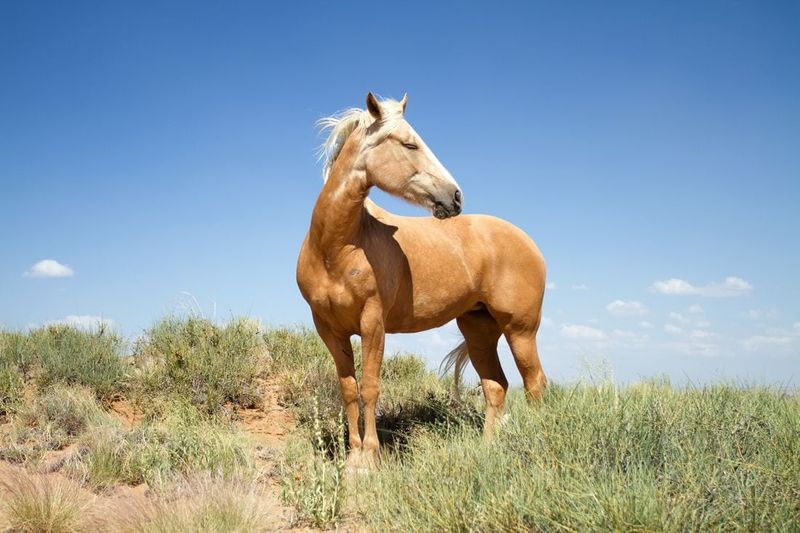
The Mustang, symbol of the American West, faced near extinction due to habitat loss and capture.
Conservation programs have helped preserve these wild horses, allowing them to roam free once more.
Mustangs represent resilience and the untamed spirit of the wild, icons of American heritage.
Fjord Horse
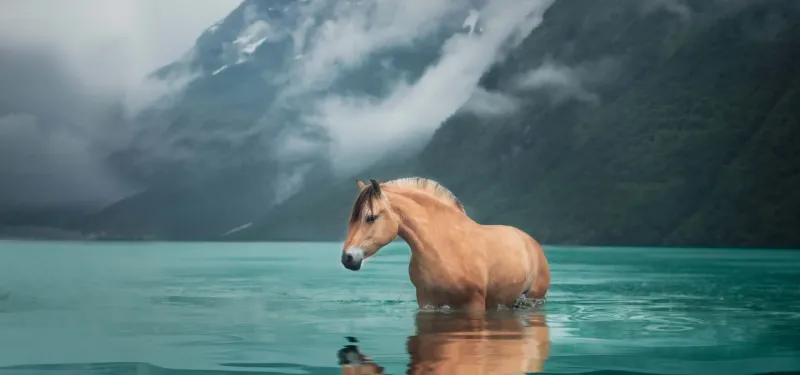
The Fjord Horse, hailing from Norway, is known for its distinctive dun color and upright mane.
World War II threatened its survival, but dedicated breeders ensured its continuation.
This compact and hardy horse is favored for its strength and gentle temperament, thriving in agricultural settings.
Lipizzaner
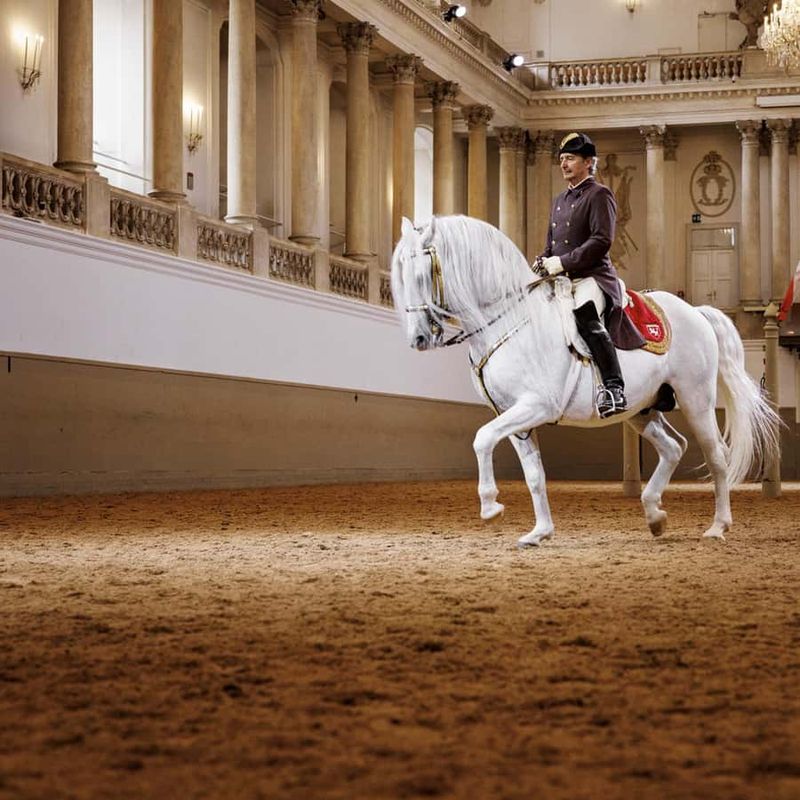
Famed for their classical dressage performances, Lipizzaner horses faced extinction during World War II.
Efforts by the Spanish Riding School preserved this elegant breed, known for its strength and grace.
Today, Lipizzaners continue to captivate audiences worldwide, a testament to their enduring legacy.
Pryor Mountain Mustang
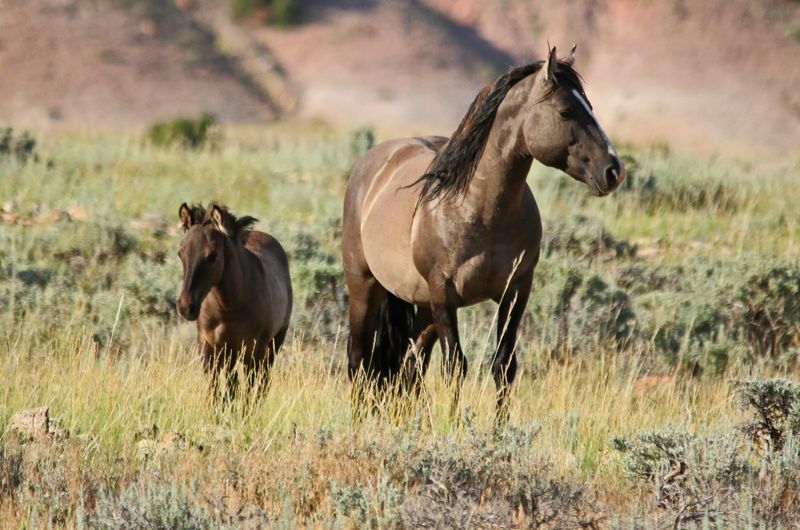
The Pryor Mountain Mustang, a distinct lineage of wild horses, resides in the rugged Pryor Mountains.
Threatened by habitat encroachment, these mustangs survive thanks to conservation efforts.
Fiercely independent, they embody the wild spirit of the American West and are celebrated for their unique genetics.
Caspian Horse
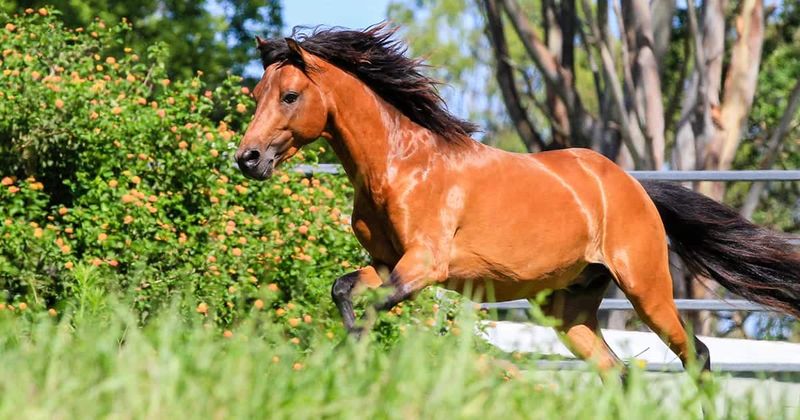
Believed to be one of the oldest horse breeds, the Caspian horse was rediscovered in the 1960s after being thought extinct.
Its small stature and refined features are a window into ancient equine history.
Preservation efforts have allowed the Caspian to flourish, a living link to the past.
Appaloosa

The Appaloosa, with its distinctive spotted coat, is a symbol of Native American heritage.
This breed nearly vanished after the Nez Perce War, but enthusiasts revived it, preserving its legacy.
Celebrated for its colorful appearance and endurance, the Appaloosa remains a beloved figure in American equestrian history.

